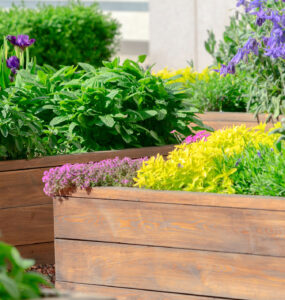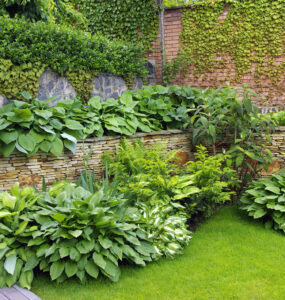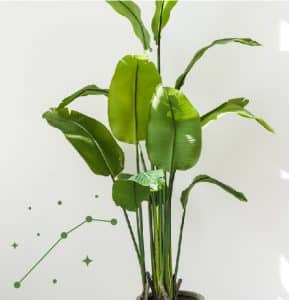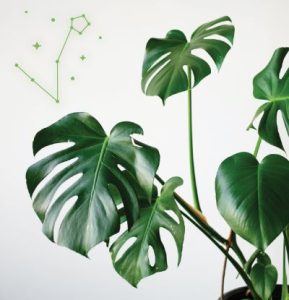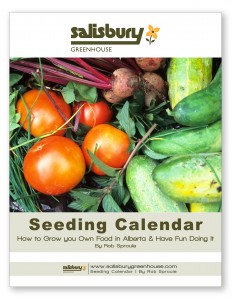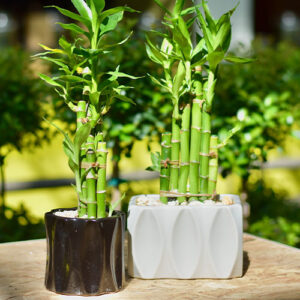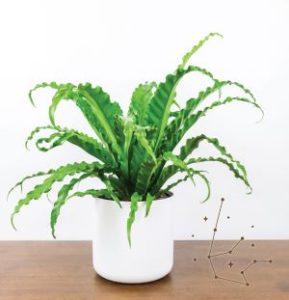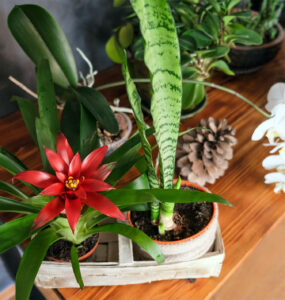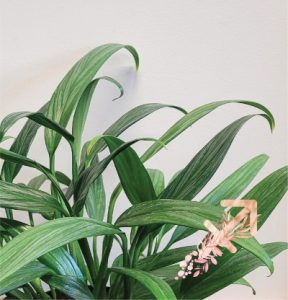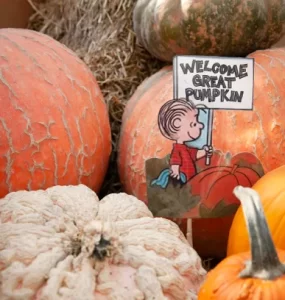
Permaculture 101
by Rob Sproule
The term is derived from the idea of “permanent agriculture.” The idea being that while modern agriculture often imposes our artificial techniques onto nature, permaculture emphasizes using nature’s patterns in order to grow food in a way that adds to, and doesn’t take away from, the broader ecosystem.
Coined in 1978 by Bill Mollison and David Holmgren, the term was predicated on the notion that the earth has done just fine for billions of years by perfecting its ecological processes. The central philosophy is to practice thoughtful observation over thoughtless action, and to allow nature’s processes to guide our own. In other words, the planet has been growing food a lot longer than we have, so maybe it’s worth listening to.
While modern agriculture favours monoculture (growing one type of plant in massive scale), permaculture turns to polyculture (many different plants growing with each other). Polyculture reduces incidents of pests and diseases while preserving biodiversity.
In your own Backyard
Much of the work we do in our garden, from weeding to pruning, is to keep nature’s natural processes at bay. If you stopped doing all of that tomorrow, your yard would quickly (it’s startling how quickly) become a self-sustaining forest without need for fertilizers or pest control.
My yard has about a dozen sour cherry trees, mature and abundant. Every time I mow, I cut back dozens of suckers. If I stopped mowing for a couple years, I wouldn’t recognize my yard anymore!
Examples of permaculture are all around us. Wherever you see a system in a garden that utilizes nature’s own processes, you’re seeing permaculture at work. It could be as simple as a rain barrel to catch roof water, which utilizes rain instead of having to use treated, pumped-in water. Or it could be a compost pile, turning plant waste into soil as a forest does while cutting back on packaged soils.
Permaculture’s beauty is its blend of practicality and creativity. You practice it by identifying how nature manages itself and mimicking that, and you can be as creative as you want in how you put that into practice.
For example, while we prune fruit trees to maximize their yield, some permaculturalists would argue that it’s unnecessary; that the tree knows what it’s doing if you just leave it alone. The idea that leaving trees un-training will actually produce the same or greater yield is classic permaculture: why interfere when nature knows what it’s doing? A note here that you can’t just stop pruning a tree that’s been trained already, as it won’t know what to do with itself.
Design Principles
Garden design is pivotal to permaculture, with more people becoming certified all the time. Here are a few of the core principles that come into play:
– Don’t dig the soil (which upsets soil-borne bacteria), and step on it as little as possible
– There’s no bare soil in a forest, so why have it in your garden? Colonize all soil with the plants you want or you’ll be vulnerable to weeds.
– Design your yard into layers, which will begin to model your garden after that most successful natural model: the forest. Trees for the canopy (often fruit or trees that provide food for larger animals, like mountain ash), shrubs below (edible or native varieties are best), with herbaceous plants like perennials spread among them. Make a special effort to incorporate pollinator-attracting perennials. Ground cover plants with interspersed root veggies comprise the ground layer so all soil is covered
– Permaculture embraces succession planting. In my yard, as our sour cherry trees age past their prime, we select certain volunteer seedlings (in the most desirable spots), to grow to maturity. When one tree dies, another one will be mature enough to take its place.

